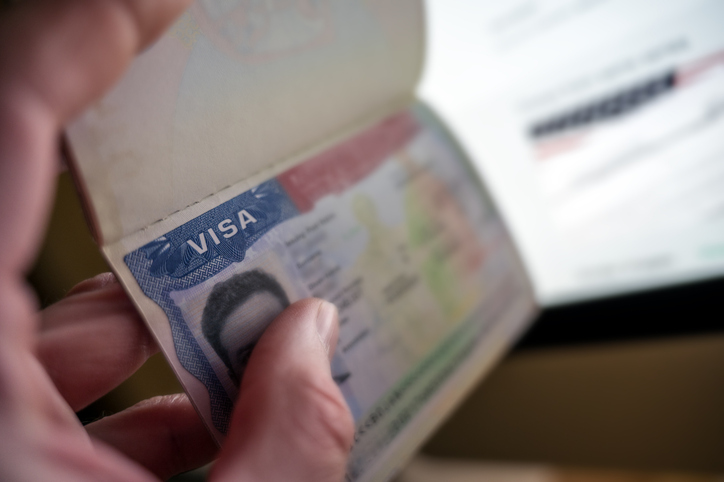In September 2025, the U.S. government introduced sweeping changes to the H-1B visa program—the visa category used by many tech companies and other employers to hire high-skilled foreign workers. Under a new presidential proclamation signed on September 19, a $100,000 fee is now required for new H-1B visa applications filed on or after 12:01 a.m. Eastern Daylight Time on September 21, 2025.
The policy is aimed at “restricting entry of certain nonimmigrant workers” unless their prospective employers pay this steep fee. The administration says this is intended to discourage abuses of the system—especially by companies using H-1B for lower-paid tech consultants or offshore work—and to focus the visa’s use on highly skilled, well-paid roles.
What’s Covered — And What Isn’t
Crucially, the $100,000 fee only applies to new petitions filed after the effective date. It does not apply to:
Existing H-1B visa holders (even if currently outside the U.S.).
Petitions already filed before September 21, 2025.
Renewals, amendments, or extensions for many H-1B visa holders who are already in valid status.
According to USCIS guidance, the fee is a one-time charge tied to the new petition—it is not an annual fee. The policy is scheduled to last one year (i.e. for petitions filed through September 2026), though it could be extended.
Who and What is Affected
The sectors most exposed are tech, IT services, and companies that currently sponsor many H-1B visas at lower wage bands. Many large tech firms like Amazon, Google, Meta, Microsoft have relied heavily on H-1B petitions in recent years to cover engineering, R&D, software development roles. These companies may now reassess cost vs benefit of sponsoring foreign workers.
For foreign nationals who rely on H-1B sponsorship to enter the U.S., especially those outside the U.S., the new fee adds a very sizable barrier. Many argue that it could reduce new applications, force companies to offload or move certain roles overseas (as India’s tech sector is already seeing), or shift hiring strategies toward remote work or local hires.
Reactions & Risks
The policy has drawn strong criticism. Tech industry leaders worry about losing global talent, higher barriers for startups or smaller firms, and a chilling of innovation.
India, as possibly the largest source of H-1B visa holders, has expressed concerns about the impact on its export of services and remittances. Industry bodies and trade groups have issued warnings.
There are also legal and practical questions: Will the policy survive court challenges? How will companies restructure hiring? What happens to visas that are approved but require consular processing outside the U.S.? Some employers are already pausing offers to roles that would require H-1B sponsorship.
Implications for Workforce and U.S. Policy
This policy represents one of the most significant overhauls of the H-1B visa program in recent memory. It changes not just cost, but potentially who is eligible, how companies structure hiring, how international talent views the U.S. versus other countries, and whether some roles will move abroad.
It may also shift political debates: balancing immigration policy, labor protection, competitiveness, and startup/innovation goals. Senators have begun reintroducing bills to reform H-1B and L-1 visa rules in light of these fee hikes—proposing higher standards for wages, requiring job postings, and limiting eligibility.
What to Watch
How many companies alter their hiring plans or bolster overseas operations in response.
Legal challenges to the fee or the proclamation itself.
How this affects the competitiveness of the U.S. in the global tech and innovation landscape.
Whether Congress or future administrations extend, modify, or reverse this policy.
The $100,000 fee change for H-1B visas is more than a tweak—it may be a turning point in how the U.S. manages skilled immigration, talent recruitment, and global competitiveness. For many employers, applicants, and international workers, the policy raises the stakes dramatically.




